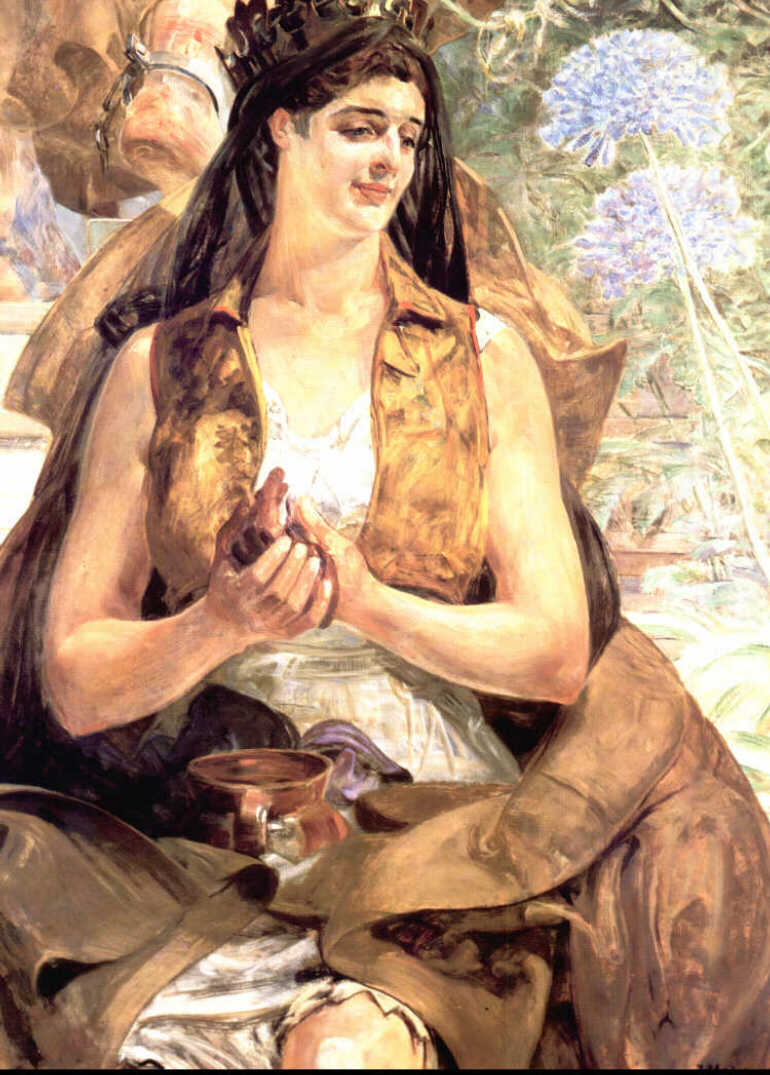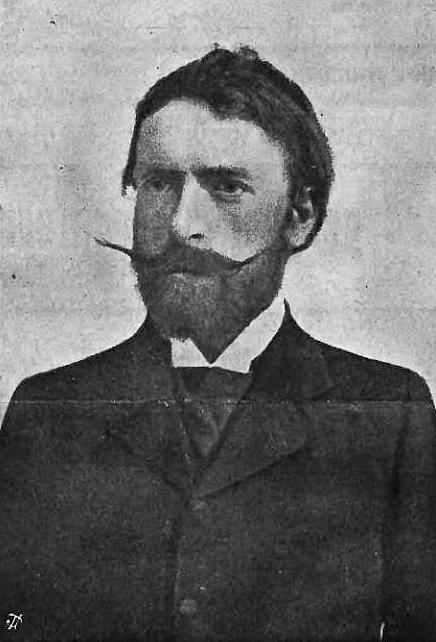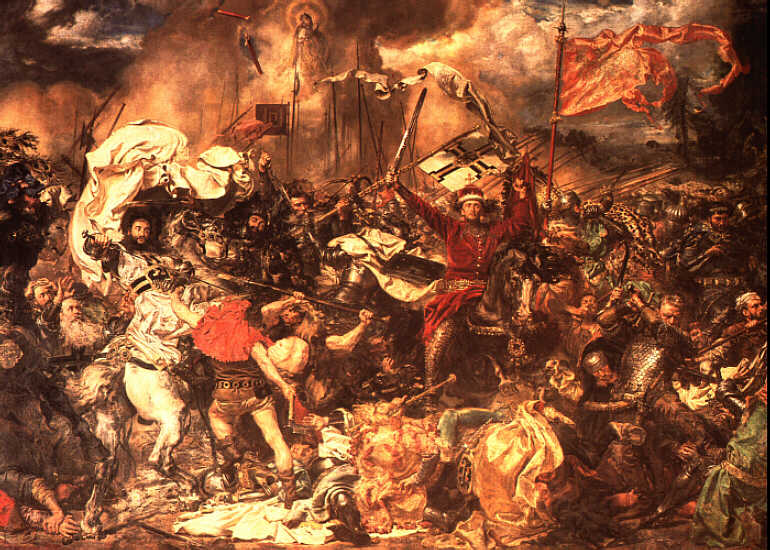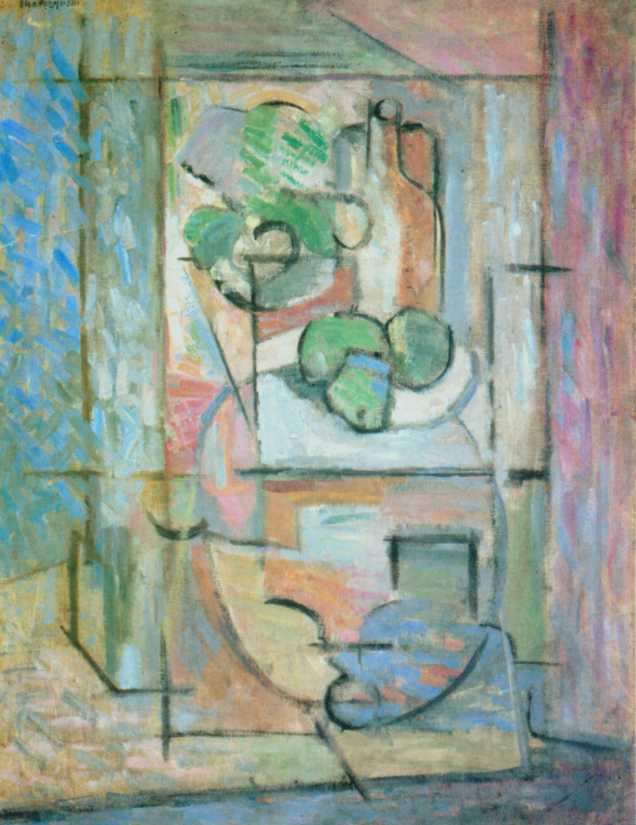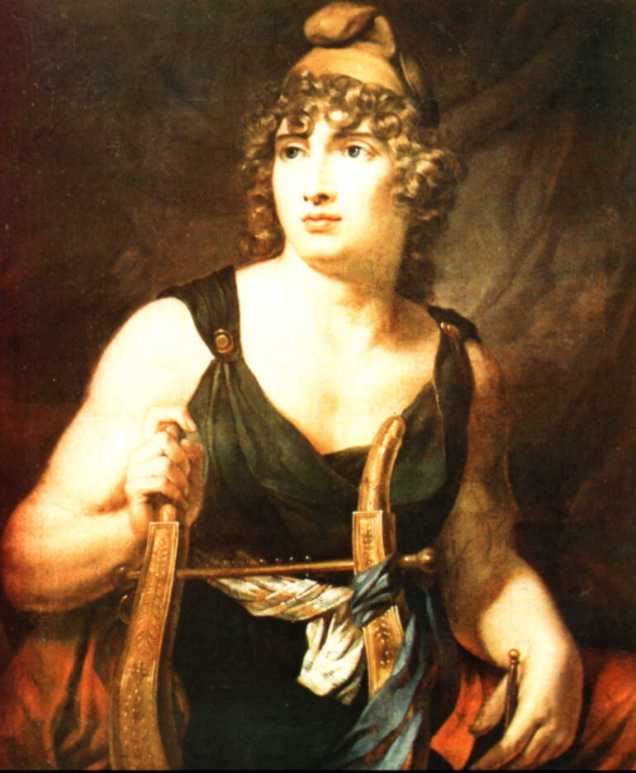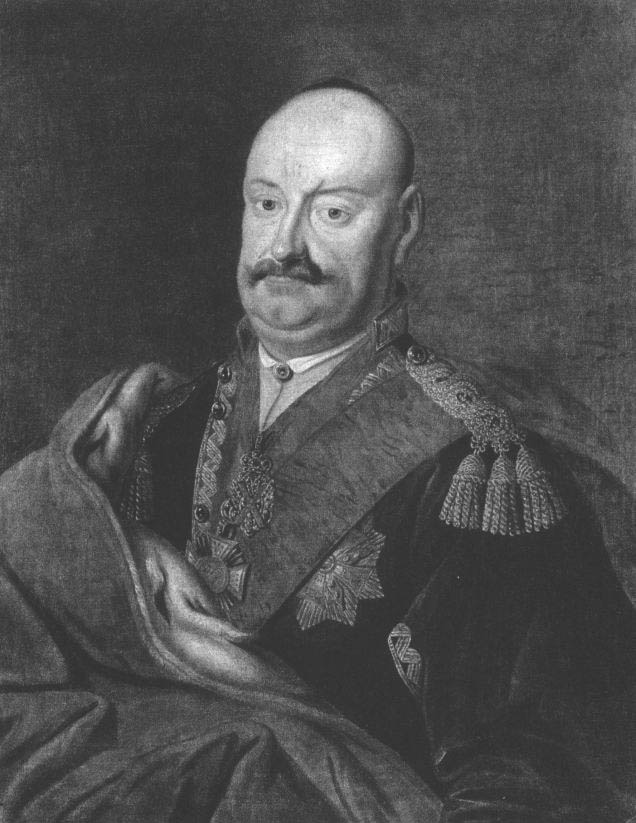
Slovak literature
The oldest linguistic monuments in Slovakia come from the Great Moravian times. Byzantine missionaries Cyril and Methodius, invited to the lands of Western Slavs by prince Rościsław in 853 r., they created the first Slavic letter and translated the Gospel into the Old Church Slavonic language, which also became the language of the liturgy. Lives of St.. st. Cyril and Methodius, written by their students, are among the oldest monuments of Slavic literature.
After the victory of the Latin option in the Western Church, the lands of Slovakia found themselves in the orbit of Latin literature for a long time., and the monuments of literature from the 10th to the 15th century. they are mainly chronicles and legends. Along with Hussitism in the 14th century. Czech language penetrated into Slovakia, in which entries were made, among others. to city books (m.in. The Book of Žilina from the 15th century). In the Czech-language Spiš prayers of 1480 r. there are Slovak glosses. The Reformation introduced the Czech language to Protestant services.
During the Renaissance, a few Slovaks were active at the University of Prague. Humanist J. Jessenius was the author of the first grammar of the Czech language. His friend, classical philologist Benedict of Nedożier, he reminded his countrymen, that – unlike the Czechs – they don't care about their mother tongue.
In the mid-17th century. in Slovakia, cantionals of J.. Tranovskiego Holy guitar oraz B. Szólósiego Cantus catholici. Secular didactic poetry is represented by Slovak poems by P.. Benicki and the tapeworm poem by H.. Gavlović Valaska School – mravov barn from the mid-18th century.
At the end of the 18th century. under the influence of the ideology of the Enlightenment, attempts to introduce the Slovak language into literature intensified. W 1783 r. J. Bajza wrote the first Slovak novel,. Young Man Rene's Cases and Experiences, which was a typical example of the Enlightenment didactic and satirical prose. A few years later, A.. Bernolak developed the first grammar of the Slovak language. Bernolak's language was popularized by J.. Fandly in teaching books addressed to the people. Jan Holly in translations of ancient poets raised the literary rank (Homer, Virgil) and in Svatopluk's own epics, Cirilometodiada or Slav. Artists from Protestant circles did not agree with Bernolak, which had close ties with the Czech Republic, and they wrote in Czech.
The next generation of Slovaks, influenced by Romanticism, turned to folk traditions. P.J. on safari, before he became an outstanding Slavist and archaeologist, published a collection of poems Tatranska Muza s lyrou slovenskou. The romantic breakthrough took place in Slovakia in the 30. XIX w. Protestant pastor K.. Kuzmany created the theoretical foundations for the new style. In the novel Ladislav (1838) apotheosis of pan-Slavism, whose mainstay was to be powerful Russia, condemning, among others. November Uprising, as a betrayal of the Slavic people. He first translated Mickiewicz's ballads into Czech, and after the reform, Stura switched to Slovak.
The generation of Slovak romantics from E. At the forefront, it started a polemic with Bernolak's assumptions and created its own proposition of literary language, which this time stood the test of time. In Slovak, Śtur published the socio-political magazine Narodnie noviny” with the literary supplement "Orol Tatranski”. The work of several outstanding personalities of that time contributed to the development and solidification of the new language: J. to the king, romantic revolutionist, ballad makers, A. Sladković, a lyrical poet, who in the epic Detvan created the image and apotheosis of the Slovak people, S. Chałupki, the poet, participant in the November Uprising, author of poems and historical epic Mor ho!, translator, among others. Mickiewicz's Reduta Ordona into Slovak, J. Bang, author m.in. the epic Death’ Janośikova, J. Kalinćiaka, prose, author of historical novels and J.. Palarika, playwright, author of the popular comedies Inkognito and Drotdr.
At the end of the 19th century. the way for realism was paved by P. Country (Hviezdoslav), one of the greatest Slovak poets, which developed various literary genres, with lyric (Bloody sonnets), a poem (Hdini's wife), and even drama – the first theater play in Slovak (Herod and Herodias), J. Hurban Vajansky, politician, editor, poeta i proseik, author of numerous short stories about the life of the rural people (Pictures of the people), writer and doctor M.. Kukućin and the playwright-realist J.. Gregor-Tajovsky.
The most outstanding artists of the interwar period include, among others. writers J. Jesensky (democracy) J. Ciger-Hronsky (Jozef Mak), M. Urban (A living whip), and poets – M. Razus (Protestant pastor, a poet practicing patriotic lyric, and at the same time a prose writer dealing with Slovak history), J. Spruce (poet, from the symbol, whose work has evolved over time towards joyful vitalism and eroticism, A. Żarnov (translator of Mickiewicz, Krasiński and Kasprowicz, author of politically engaged patriotic poetry and elegies written after the death of his son), J. Polish (the poet grew out of surrealism and neo-symbolism, author of war poems and poems praising the beauty of nature and rural life, R. Fabry (surrealist, author of poems with elements of Dadaism and poetism - the avant-garde trend in Czech poetry, referring to futurism and cubism), R. In things (Franciscan, leading poet of the Catholic Moderna, groupings, which freed Catholic poetry from moralizing and theological tones, directing it on the tracks of pure poetry and surrealism).
World War II with a fascist episode and a bloodily suppressed national uprising became an important topic in post-war literature. They undertake it, among others. novels by D. Tatarki, P. Jilemnicki, R. Jaśik and L.. Male (Death is called Engelchen). Lata 60. XX w. these are times of reckoning with reality, as well as the development of private prose and formal experiments. Among the outstanding poets of this period are M.. Rufus, M. Valek and V Turćany, and among prose writers, R.. Sloboda and P. Jaros (A thousand-year-old bee).
After the war, dozens of works by Slovak writers were translated into Polish. A comprehensive bibliography is contained in the book by W.. Nawrocki and T.. Siernego: Czech and Slovak fiction in Poland in the years 1945-1980 (Katowice 1983).
